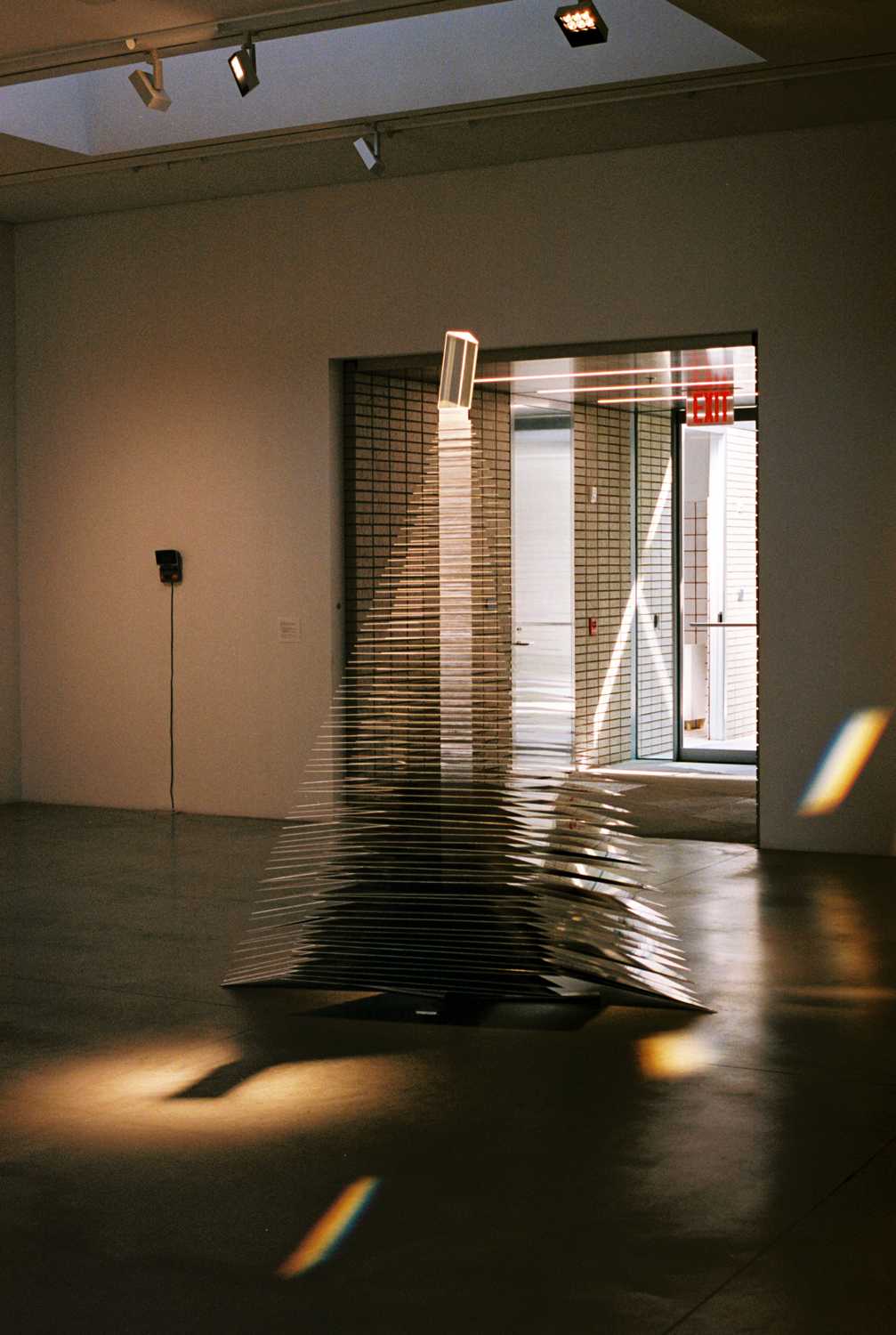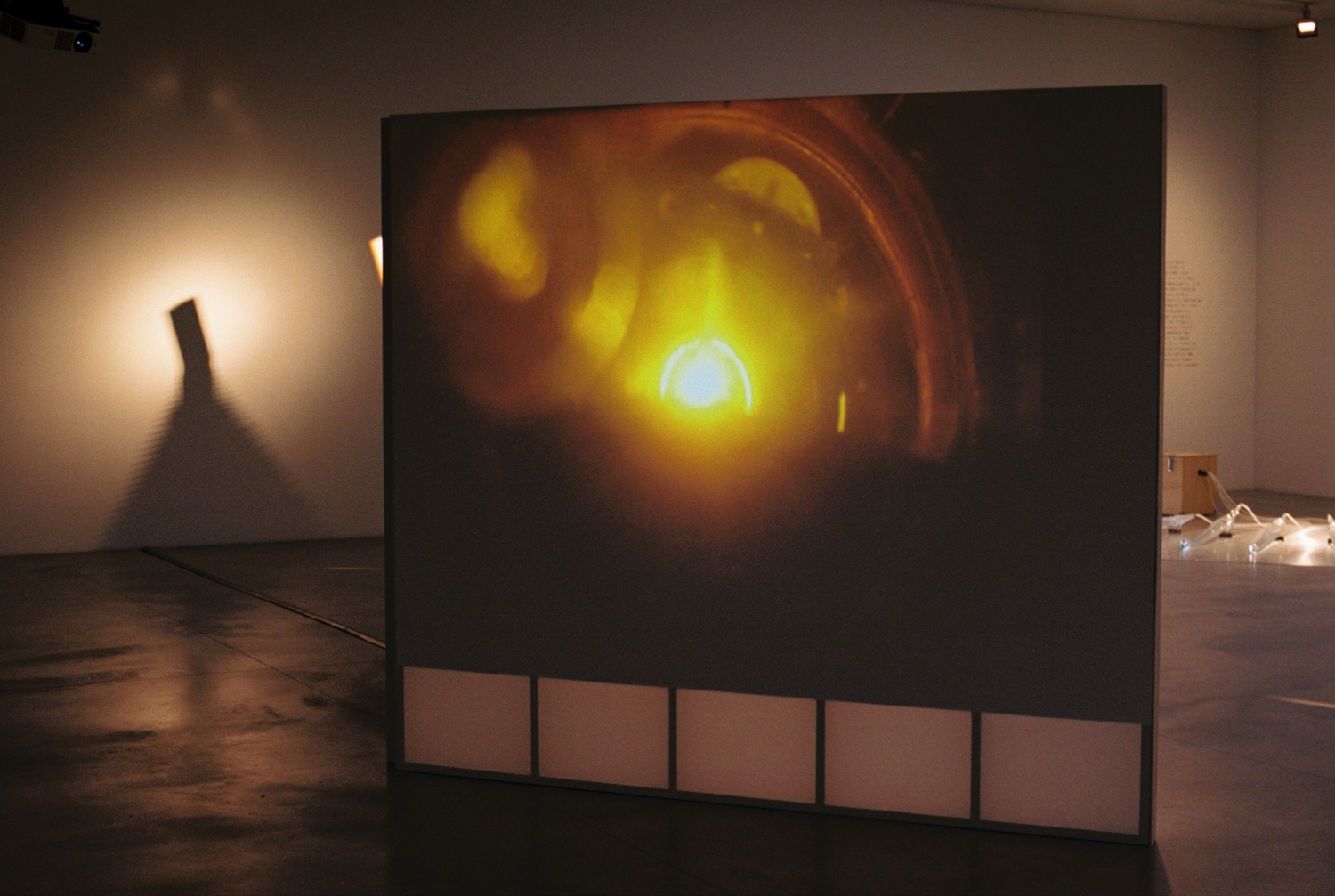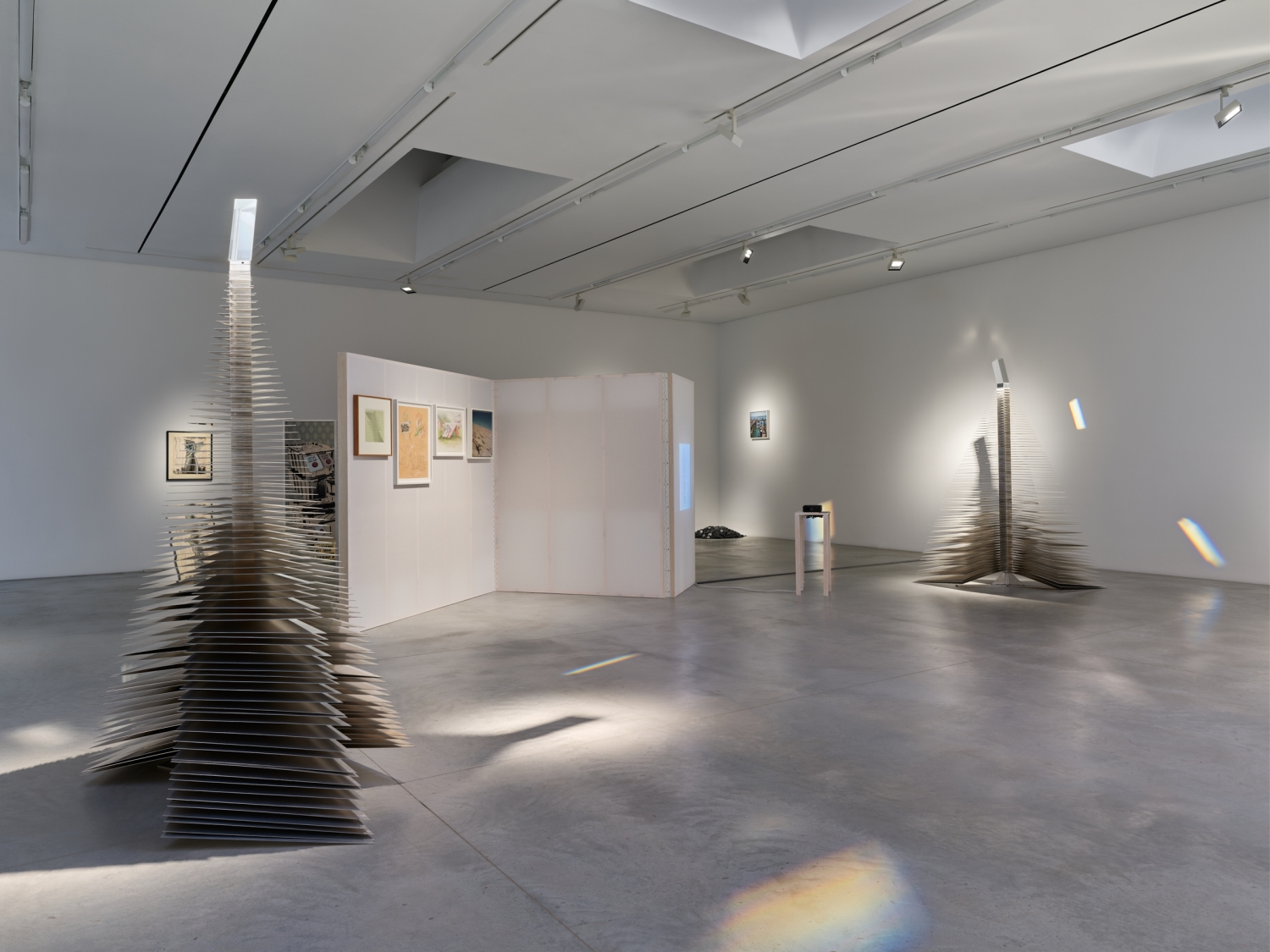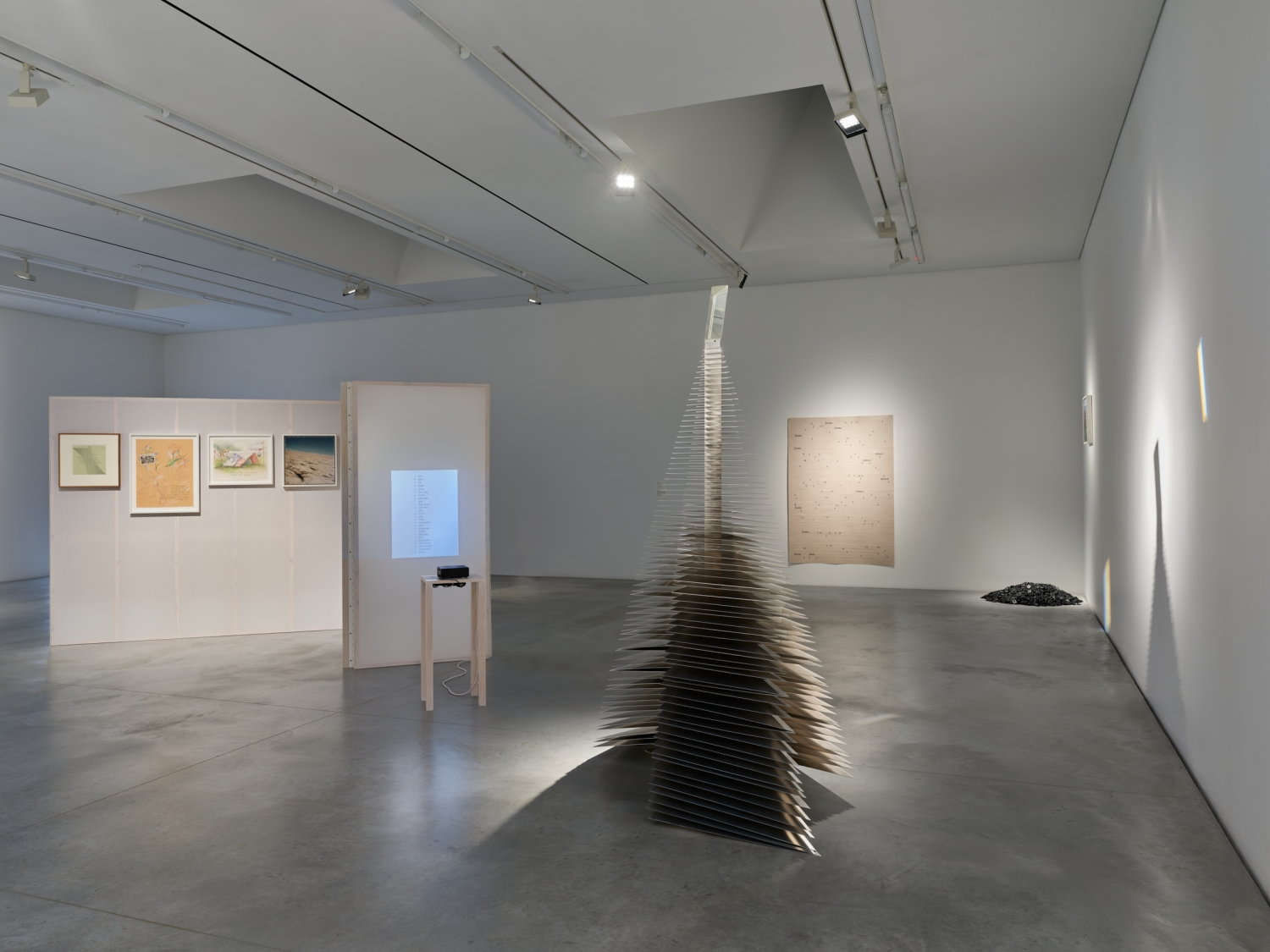SIREN (some poetics)
15.09.22 – 05.03.23
Amant Foundation
For poetics, like violence, are inseparable from the technologies of their times. From the collectively composed and orally rehearsed Odyssey to contemporary art and poetry practices today, our poetics are entangled with the technologies and communications systems that condition their making and enable (or disable) their circulation. In all the works gathered here, such systems (of language, desire, cognition, violence, gender) and myths (of normativity and supremacy) are felt, articulated, critiqued, and channeled, as are the bodies continually fashioned out of them. No body but a voice, as the ancients might have said. To read or be read, as our contemporaries might reply. Each a kind of warning for those bound for and to a language-strewn future.
SIREN (some poetics) is accompanied by a public program of readings, performances, and workshops over the course of the exhibition, as well as a publication, to be published by Dancing Foxes Press in early 2023.






